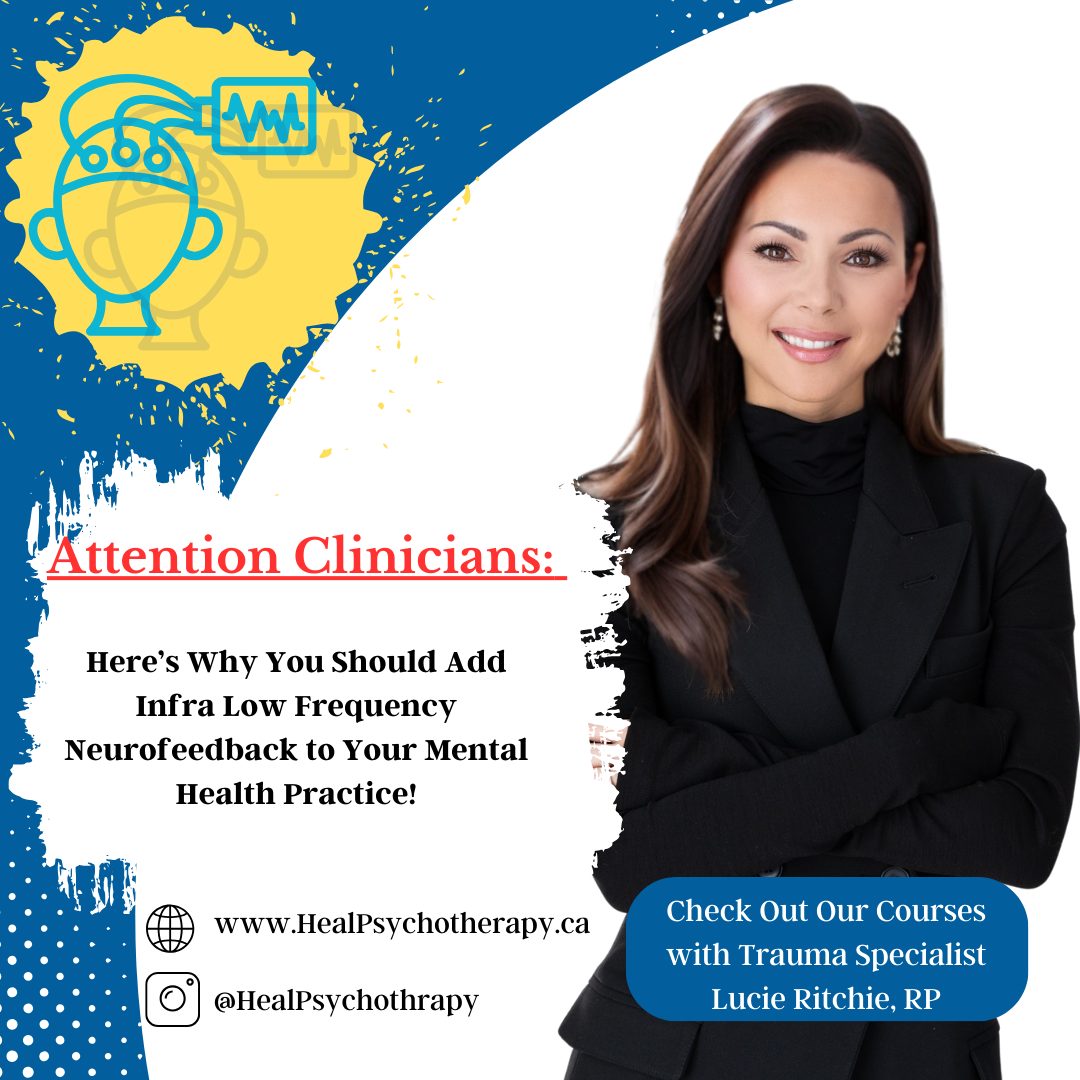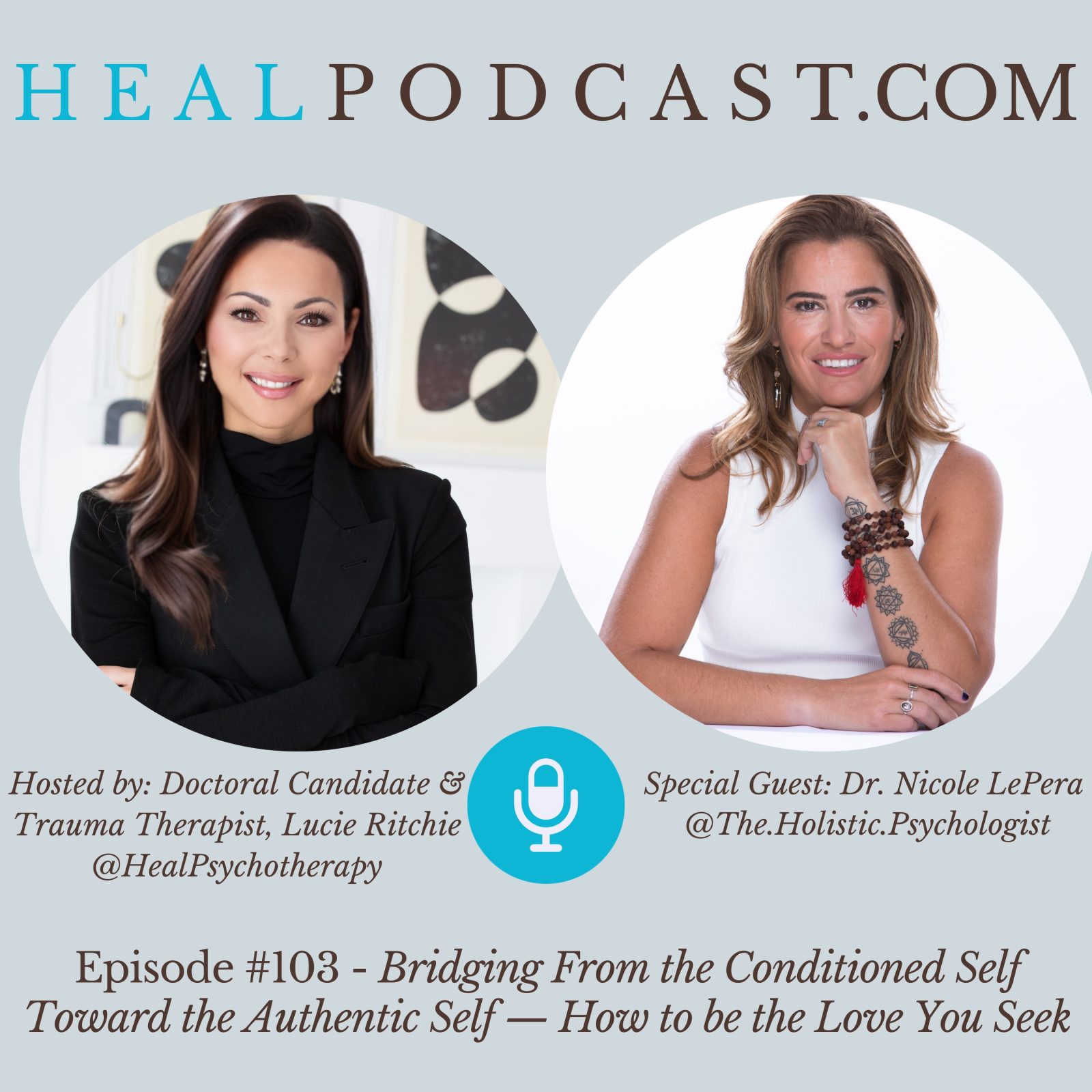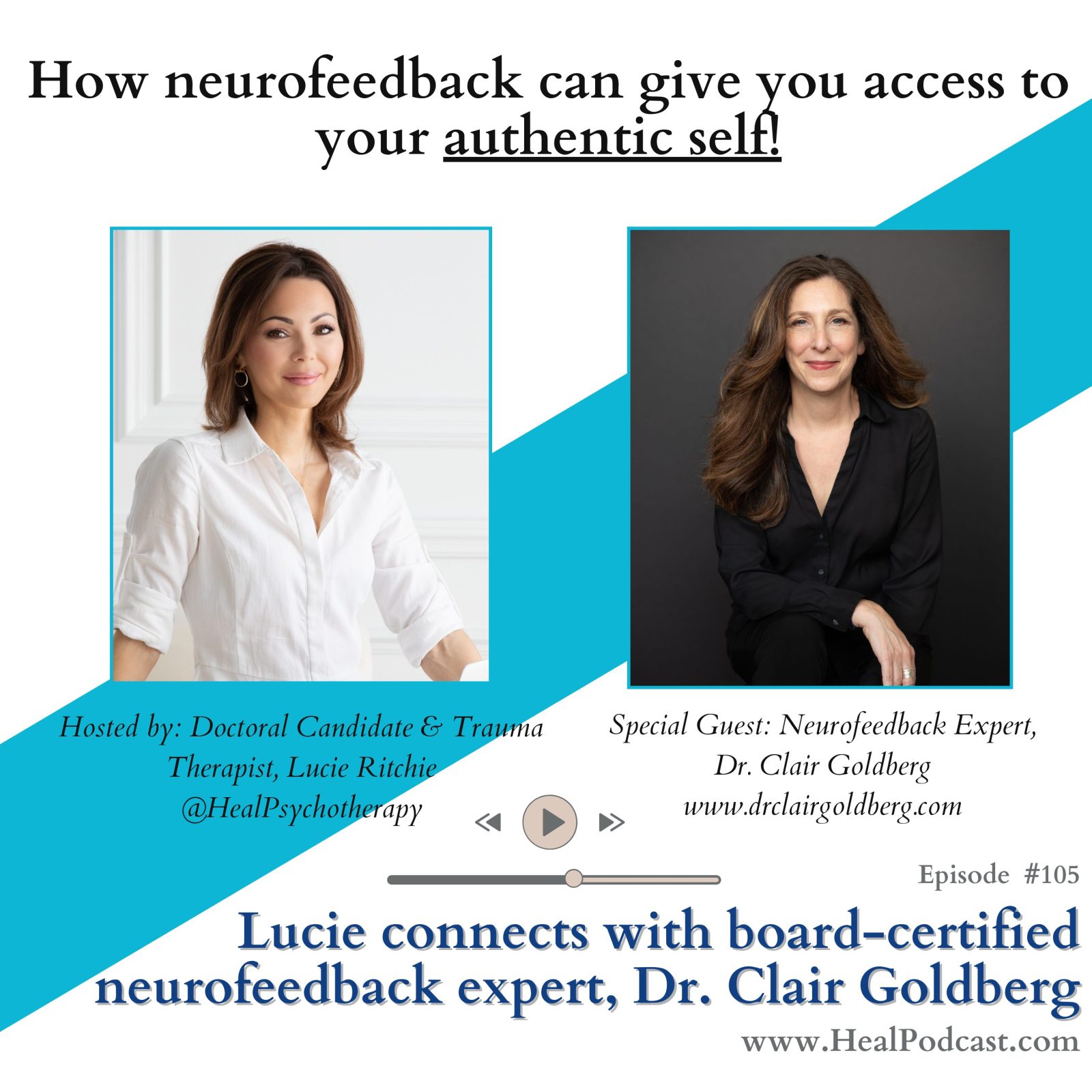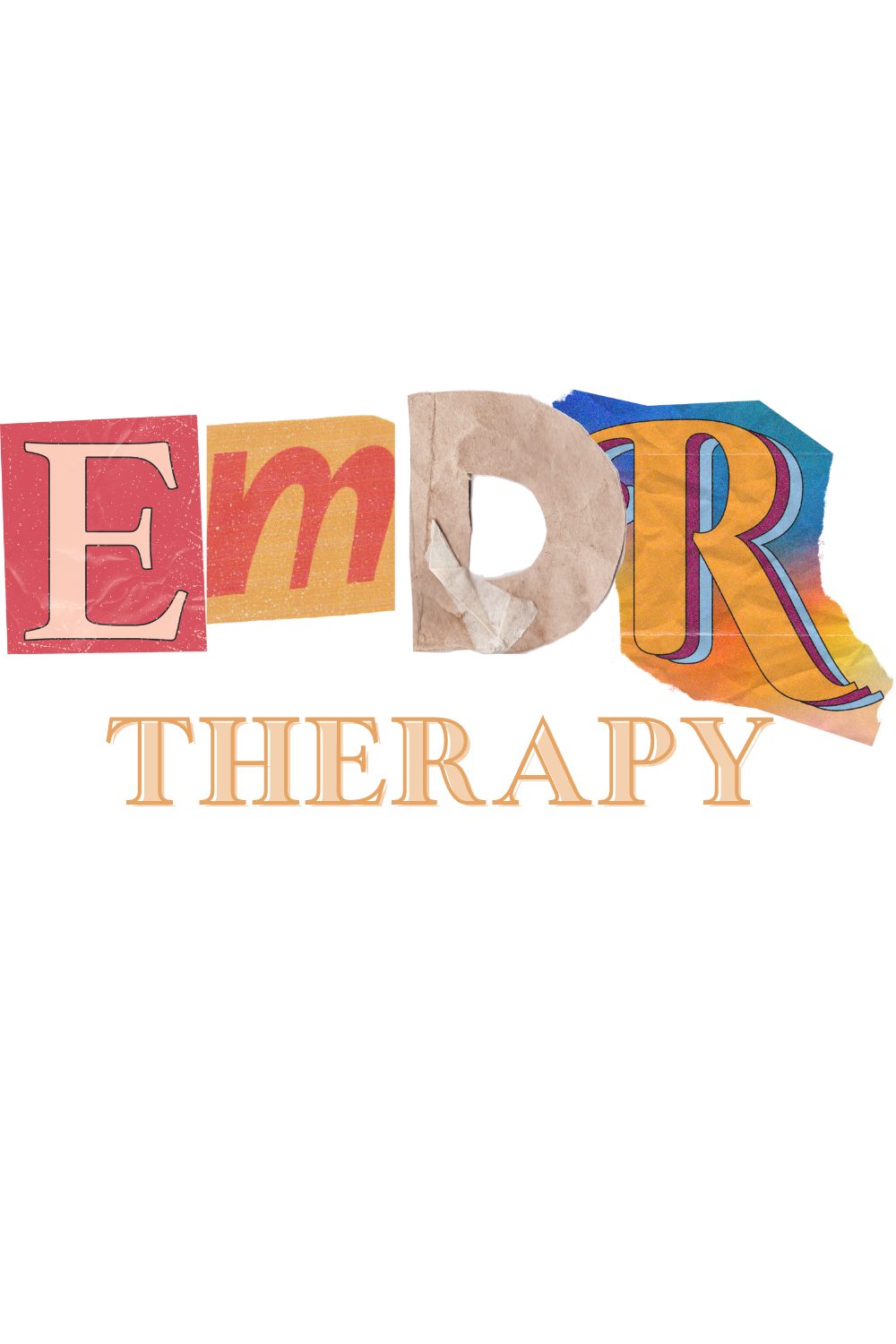Hello
Infralow Frequency (ILF) Neurofeedback 5-Day introductory course, in person
The course is offered throughout Canada in 2025 and 2026:
Toronto, On – MARCH 12 – 16, 2025
Location: Humbertown Plaza, Etobicoke, M9A 4C8
Time: 9:30am – 3:30pm daily
Fee: $4099 + HST
Certification provided upon completion and full participation
Email hello@healpsychotherapy.ca to register & receive the full itinerary.
Learn more below
Vancouver, British Columbia, TBA
Montréal, Québec, TBA
St-John’s, Newfoundland and Labrador, TBA
Subscribe to Learn more about the course
About the Infralow (ILF) Frequency Neurofeedback 5-day course
Are you ready to dive into the world of Neurofeedback and equip your practice with cutting-edge techniques for mental wellness and performance? In this comprehensive in-person course, you’ll master the fundamentals of ILF—from placing electrodes and navigating hardware/software, to choosing the right treatment protocols, designing symptom profiles, and interpreting results.
We will provide you with everything you need during the course: an EEG amplifier, sensors, and ILF-compatible software.
This course is ideal for those new to Neurofeedback. But if you’ve trained with us before, it’s also a fantastic opportunity to refresh and refine your skills—especially if you want to bring along colleagues who are ready to embrace this transformative approach.
Key Topics You’ll Explore
1.Understanding Infralow Frequencies (ILFs) at Their Core
You’ll explore what makes ILFs so unique in the world of neurofeedback—why focusing on these ultra-slow rhythms (below 0.1 Hz) has the power to recalibrate the brain’s foundational levels of organization. Think of it like strengthening the bedrock of a building: when you regulate these slower frequencies, the entire structure (your clients’ emotional and cognitive well-being) can become optimized and resilient through neuroplastic change in real time.
2. How ILF Training Impacts Self-Regulation and Brain Plasticity
One of the most exciting facets of ILF neurofeedback is its ability to support neuroplasticity—the brain’s remarkable capacity to rewire itself. You’ll learn how, by providing immediate feedback at these deep infralow levels, the brain spontaneously adjusts and adopts healthier patterns. This shift can be particularly powerful for clients who’ve felt “stuck” in old cycles of anxiety, depression, or trauma responses.
3. Placing Electrodes & Navigating Protocols with Confidence
Let’s get hands-on!
- Electrode Placement: You’ll learn proper placements using the 10-20 System (download your free cheat sheet below)—where to put sensors so you can effectively capture and train those ultra-slow frequencies.
- Hardware & Software Mastery: We’ll guide you through the technology step by step, giving you the confidence to operate amplifiers, interpret real-time data, and spot artifacts (like muscle tension or eye blinks) that can muddy your measurements.
- Protocol Selection: Not all clients are the same, and you’ll learn to tailor ILF neurofeedback protocols to each individual’s needs—whether you’re addressing chronic stress, trauma, ADHD, or simply optimizing mental performance.
4. Linking ILF Neurofeedback to Real-World Clinical Issues
You’ll dive deep into the “why” behind certain patterns of dysregulation. From panic disorders and binge eating to chronic pain and sleep disturbances, you’ll see how aberrant brain rhythms at the infralow level can perpetuate these issues—and how to mitigate them effectively. By the end, you’ll feel ready to design appropriate protocols for your client’s presenting concerns.
5. Creating Symptom Profiles and Tracking Progress
Measuring improvement is crucial. In this course, you’ll learn to:
- Build Symptom Profiles: Collaborate with clients to pinpoint which symptoms to monitor.
- Use CPT (Continuous Performance Tests): Get hands-on experience with quick, reliable methods to assess how your clients are improving in attention, impulse control, and more.
- Evaluate Results Over Time: Learn how to document and interpret shifts in the data, ensuring you can clearly communicate progress to clients, referring professionals, or insurance providers.
6. Integration with Talk Therapy and Other Modalities
Neurofeedback is complementary—it doesn’t replace, but rather enhances, other forms of treatment. We’ll show you how ILF sessions can seamlessly fit into your clinical framework, whether you practice EMDR, DBR, Somatic Experiencing, CBT, or an integrative trauma therapy approach. By calibrating the brain’s baseline through ILF, you often see clients become more receptive to deeper therapeutic work.
7. Addressing Medication and Potential Contraindications
Medications for anxiety, depression, or other conditions can influence neurofeedback outcomes. You’ll learn when you might want to collaborate with prescribing professionals and how to identify the few scenarios where neurofeedback may be contraindicated or require extra caution (such as certain seizure disorders). Our goal is to arm you with the knowledge to practice ethically, effectively, and within your scope.
8. Experiential Learning: Feel the Shift for Yourself
Possibly the most exciting aspect: experiencing ILF neurofeedback firsthand. You’ll sit in the client seat and feel how these sessions can gently nudge your own nervous system toward a calmer, more regulated state. This is where the lightbulbs go off—when you see (and feel!) just how transformative these infralow frequencies can be.
9. Sustaining Momentum Post-Course
Finally, we won’t leave you hanging after the course ends. We’ll discuss best practices for continuing education, troubleshooting common issues, and networking with other professionals using ILF. Neurofeedback is an evolving field, and your support network and ongoing mentorship make all the difference in providing world-class care.
Your Skills After Completion
- Confidently Use 2-Channel ILF-Neurofeedback
Offer your clients a groundbreaking tool for sustainable, long-term improvement. - Select & Adapt Treatment Protocols
Tailor your approach to each client’s specific needs, whether clinical or performance-based. - Facilitate Better Self-Regulation
Help reduce symptoms of mental illness and prime clients for more effective therapeutic work. - Feel the Lightness in Daily Practice
See how seamlessly Neurofeedback fits into your workflow, often easing the intensity of clinical challenges.
Highlights of the Course
- 20% Off When You Register with a Partner
Reduce costs and strengthen teamwork in your practice by enrolling together. - Hands-on Learning with Medical Grade FDA-Cleared ILF Systems
Feel confident in your investment! You are accessing powerful technology from world-renowned scientists in the field. - Breadth of Engaging Information
Enjoy a dynamic mix of theoretical instruction and hands-on practicum to keep you fully engaged.
Join us, and discover how Neurofeedback can empower both you and your clients. Whether you’re a complete beginner or looking to brush up on your existing skills, this course will open the door to transformative, neuroscience-driven interventions in your practice. Let’s redefine mental health support together!
Meet Your Facilitator/Lecturer
Lucie Brunet, RP
neurofeedback practitioner and Trauma psychotherapist
Lucie Brunet is a Registered Psychotherapist and the founder of Heal Psychotherapy Inc. She holds a Master of Arts in Counselling Psychology degree, a Clinical Traumatologist Certificate, and a Professional Post-Graduate Trauma Certification. Lucie is also a Doctoral Candidate (Ed.D) in Community Care and Counselling, specializing in Traumaology. She is a certified NARM and Neurofeedback Therapist who works with clients from a psychoeducational and neuroscience-informed lens.
Lucie has received training in traditional neurofeedback, LENS neurofeedback, and ILF Neurofeedback. She is highly impressed with the results her clients have achieved and is driven to teach her techniques to the masses to create meaningful change in the world.
As a Doctor of Education student, Lucie is thrilled to be practicing her craft with her own courses via Heal Psychotherapy. She enjoys teaching on the neurobiology of trauma and on how practical neuroscientific applications can rebalance the sense of self and regulate a traumatized nervous system.
Ready to elevate your practice? Secure your spot now and become trained in cutting-edge neurofeedback technology!
We respect your privacy and will never share your information.
Download the free PDF to familiarize yourself with the various brain functions before your course:
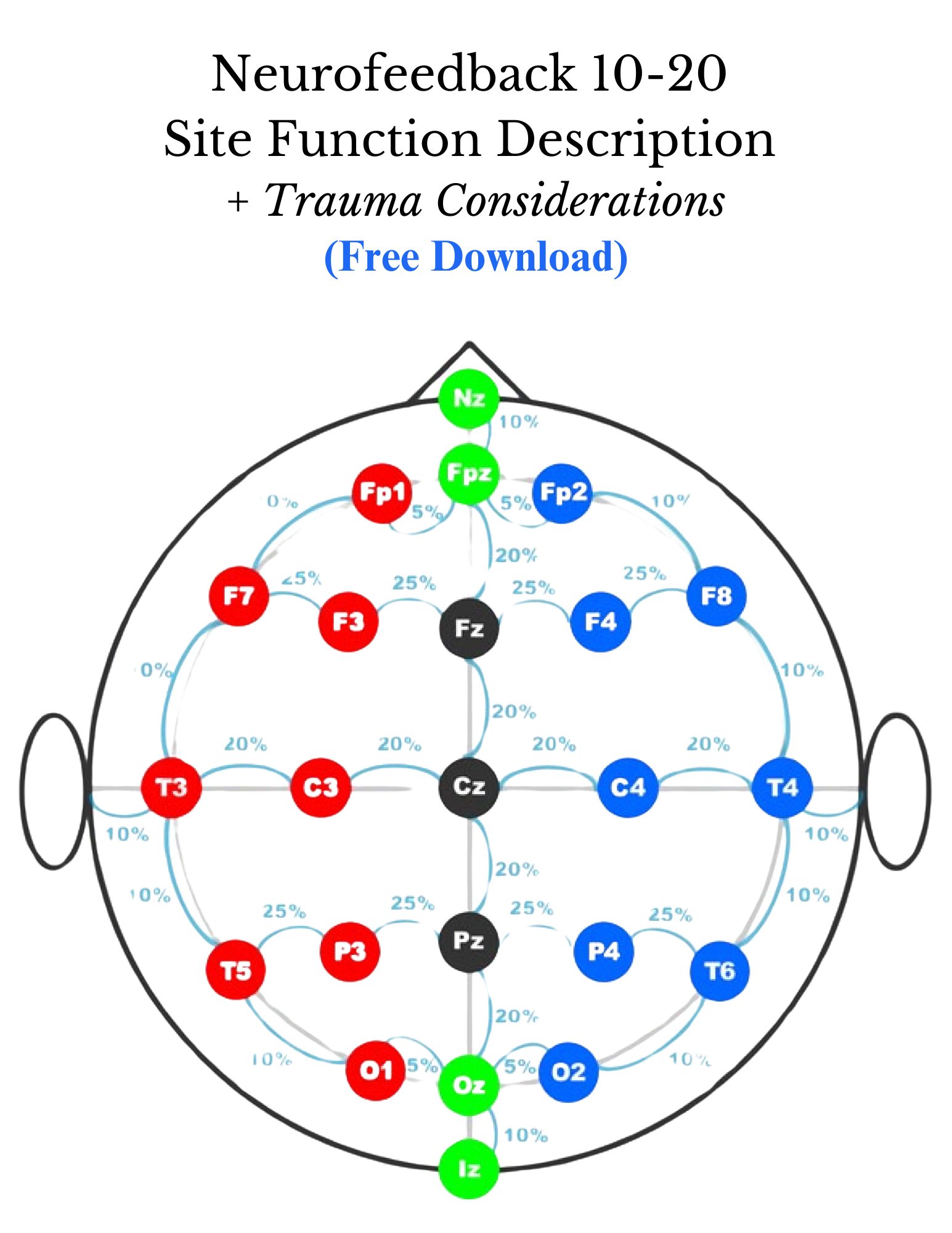
Free Neurofeedback 10-20 Site Description PDF
Download our essential 10-20 System Site Functionality Guide now.
This guide will support you as you develop your skills as a neurofeedback practitioner. Download it to increase your understanding of brain functionality and protocol development.
*Note that when you download this free guide, you understand that we will keep your information confidential and may email you in the future with other helpful resources.
We respect your privacy and will never share your information.



